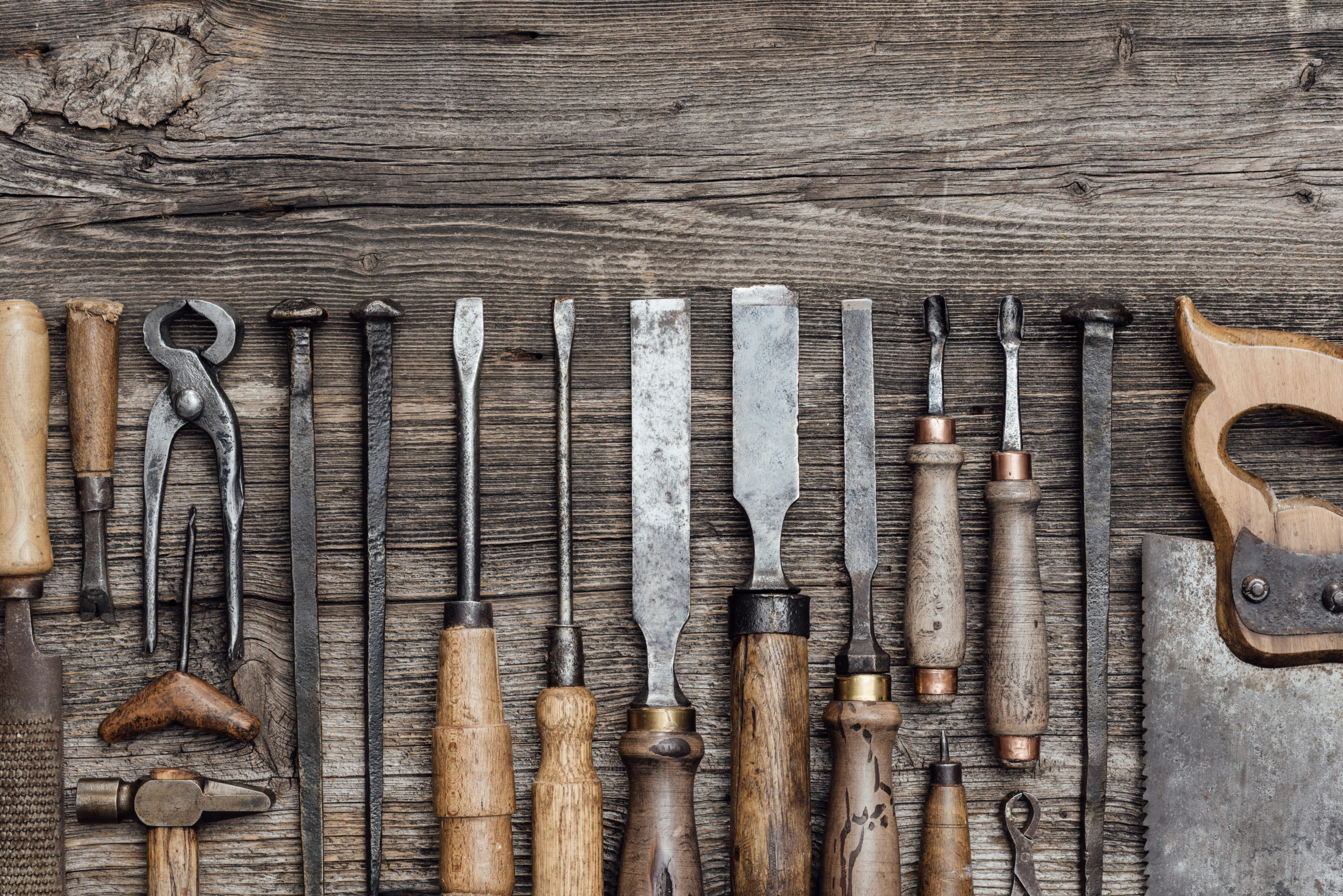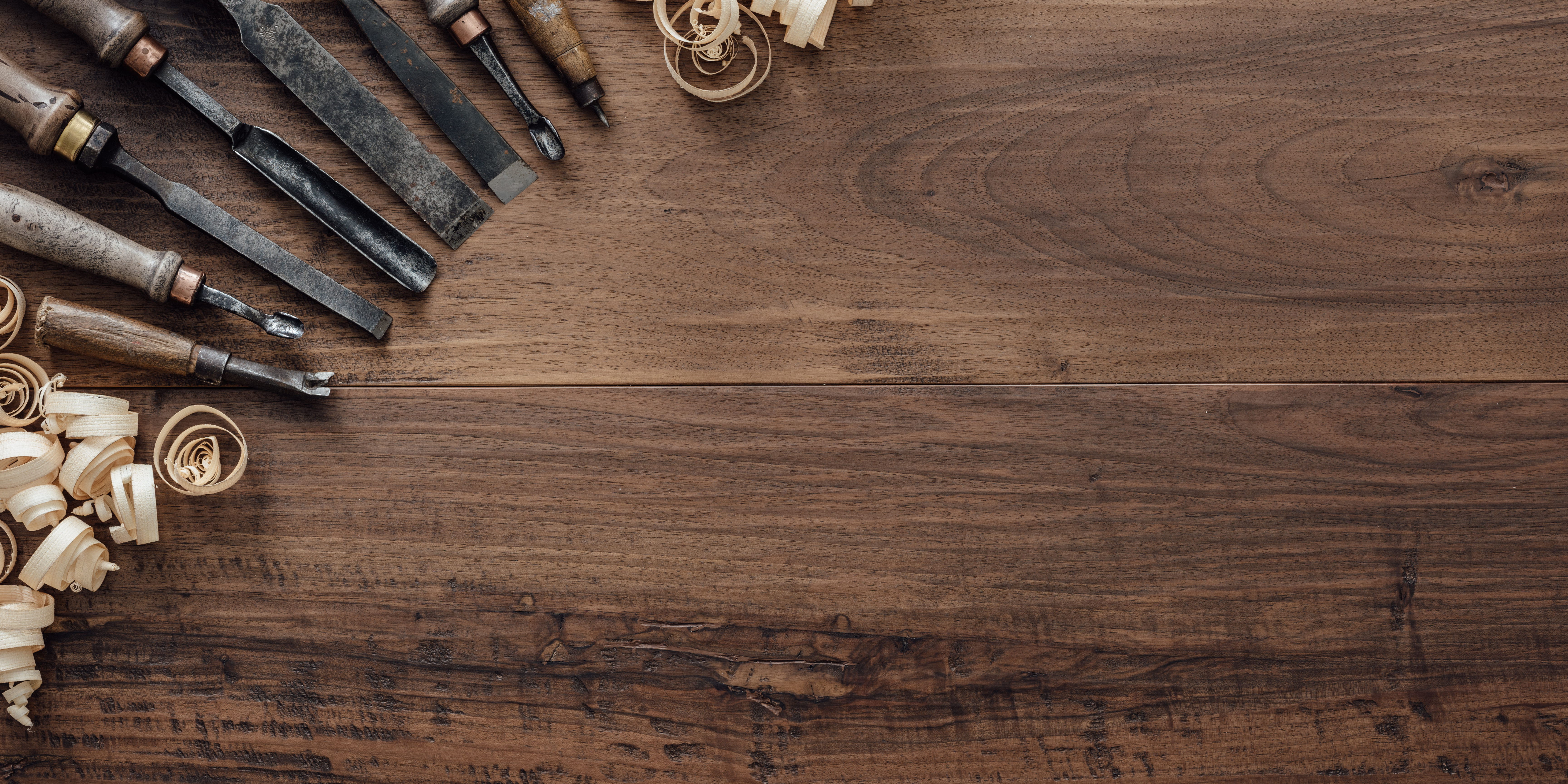The art of real wood veneering has been around since ancient Egypt, with veneered furniture found in the tombs of Pharaohs among precious jewels and other treasures. Ancient Egyptians weren’t the only ones slicing wood into thin strips – veneer was being used all across the East in China, India, and Japan with beautifully elaborate designs on walls, floors, and furniture.
Featured Products & Technologies
Today, the veneering process has been refined to enable you to have Pharaoh-approved walls, baffles, and furniture in your workspace. Thinly sliced, durable, and flexible, real wood veneer is a great option to help bring the natural warmth and character of wood into a space while also being a more environmentally friendly choice.
To get into the specifics of what you need to know about veneer, we sat down with Daniel Robinson, our Director of Marketing and Strategy, and Macayla Fryc, Client and Business Development, to discuss all things veneer.
Q: Let’s talk veneer, and how to understand the fundamentals of using veneer finishes. What do I need to consider when it comes to using real wood?
A: One of the first elements we want our clients to understand is that veneers range wildly. Wood is a beautiful thing, and we have everything from a really dark, rich tone on the darker end all the way up to a very fair, light finish. Wood variety is fantastic, and since it is, well, wood, they have the brown, red, and yellow undertones that are going to bring a lot of warmth to a space. One of the things to consider is that there are not the cool tones that many modern tonal trends are bringing into projects. We often find that those are coming into projects based off a laminate or vinyl, but the thing to remember is that a lot of laminate and vinyl manufacturers often produce a finish that will look like real wood but cannot actually be found naturally. So, it’s definitely something to consider – what is real, and what isn’t.
Q: What happens if I have a specific finish to match, but it’s not naturally occurring in real wood? What then?
A: If a design needs a finish that is outside the naturally occurring tones, we have a few options. The first option is looking at options for staining the finish, or staining to match. The second option is to look at premier veneers, and those would be finishes that are dyed, steamed, or bleached to be something other than what it originally was. The third option, and actually the most common option, is looking at a reconstituted finish. A reconstituted veneer is a veneer that takes real wood, pulps it down, and then rebuilds it in a new grain structure with different colors. So, if you’re looking for something that isn’t warm, brown, red, or yellow, definitely check out our reconstituted options.
Q: Say I’ve found the real veneer I would like – can I just specify the species?
A: You’ll actually have one more element you will need to call out in your specification, and that’s going to be the slice, or the cut. Most commonly we see that as plain sliced or quarter sliced. When you have a plain slice veneer, the log is quite literally cut from top to bottom. That results in a veneer leaf that has what we call “cathedrals” in it, which kind of look like flames, and the variation between the grain elements are going to be all over the place. You can have tight and very wide grain. That is quite contrasting to quartered slice. Quarter slice is where they cut an angled slice from the log, and that results in a veneer finish that is a very tight, narrow grain and is more consistent in its grain structure than in plain slice.
Q: Once I have my species and cut lined up; what else should my team be aware of?
“If you’re a designer or architect looking to bring in the real warmth of wood into a space, definitely embrace the nuances, the character, and the variants between the finishes.”
A: Some of our clients can get caught up in expecting the final finish to look exactly like the little finish chip they received in the sampling process. The thing to understand is that wood is natural, it’s variant, it’s beautiful! So, if you’re a designer or architect that’s looking to bring in the real warmth of wood into a space, definitely embrace the nuances, the character, and the variants between the finishes.
Q: It sounds like tone, slice, and variation are the important things to consider when it comes to designing well with real wood.
A: Absolutely, and our client facing team gets the opportunity to walk through the project and their selection to help arrive at the right fit on the veneer for the project. We are here to walk you through from inspiration to installation and make a project both look and sound phenomenal.
To get in touch with our team and delve deeper into the details of veneer, give us a call at (651)-451-4451, or visit us at SoundPly.com.




